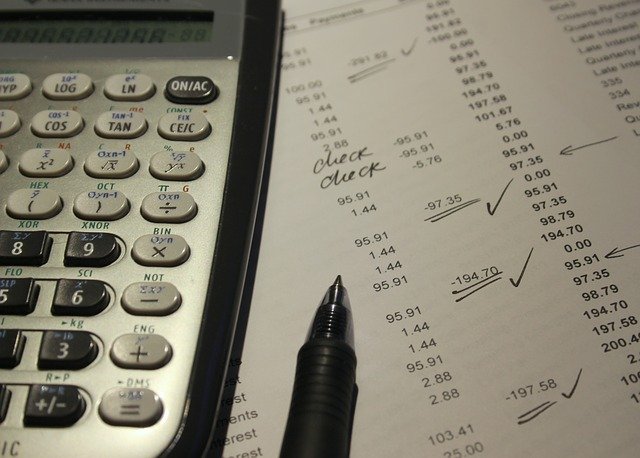
The billing cycle is the length of time between the date when a credit card bill is sent and the date that the cardholder’s credit card account is billed for that cycle. It’s usually the same amount of time as the grace period, which is the period of time a credit card account can be used without paying interest. There are two cycles every month: for purchases and for balance transfers. For purchases, the billing cycle begins on the date that the credit card bill is sent. For balance transfers, the billing cycle begins on the date when the credit card.
The Billing Cycle and Credit Cards
It’s easier to understand why the billing cycle matters when we consider why credit cards charge interest charges on purchases. Most credit cards charge an annual percentage rate (APR) in the range of 18 to 20 percent. To calculate an effective APR, you must add interest charges for each month of that billing cycle (i.e., the three months after the billing cycle has begun) to the APR you calculate for the current period. The total interest charges for the entire period must be equal to or greater than the APR. If this is not the case, you don’t have an APR, but an interest-rate spread, which you will want to understand because interest charges are added to the bill, and in most cases, can also be subtracted from the bill.
The Billing Cycle for Purchases
If the cycle for purchases begins on the date that the credit card bill is sent, it’s possible to make purchases before the bill is sent. If you make a purchase and pay within the grace period, your payment won’t be considered as part of your credit card bill. This is the exception, not the rule. In this case, if your bill is for more than $10, you will be charged interest. If your bill is for less than $10, you will not be charged interest if you pay within the grace period. If you make an unauthorized charge, your bill will be charged interest. Why Does the Billing Cycle Matter for Balance Transfers?
The Billing Cycle for Balance Transfers
The main difference between a balance transfer and a purchase card is that there is a full billing cycle for balance transfers rather than just one billing cycle. This means that if you make one balance transfer, you can’t make another until you get your first balance transfer bill (and sometimes you can only make one balance transfer in a 30-day period). To simplify things, many balance transfer cards only allow you to transfer a balance, but never make purchases while the account is open. This is very convenient, but you might not want to count on this. Your spending, for example, might still be reflected in your credit score.
Conclusion
The expiration date of your credit card’s grace period isn’t really relevant because you can’t stay current on the account in between the billing cycles, which can add interest to your outstanding balance. However, if you want to avoid interest, you can make a few changes to your payment routine and get all of your payment information in order to avoid late fees and fees from a late payment.


